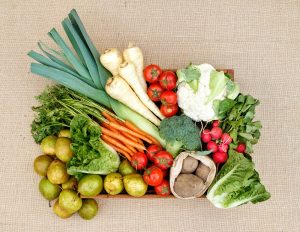 Olives, on the face of it, are an unlikely plant for humans to have cultivated. Fresh olives from the tree are disgustingly astringent, and aren’t visibly oily either, so both cured table olives and olive oil must have taken a fair bit of imagination. The olive tree itself is an ancient plant, with fossil evidence suggesting it has been in existence for as long as 40 million years; humans have cultivated olives in the Mediterranean for as long as 7000 years and they were commercially cultivated for trade from about 3000 BC in Crete. Olive trees are also remarkably long-lived: a living tree in Portugal is estimated to be 3,350 years old, and trees older than 1000 years are not uncommon in traditional olive growing regions.
Olives, on the face of it, are an unlikely plant for humans to have cultivated. Fresh olives from the tree are disgustingly astringent, and aren’t visibly oily either, so both cured table olives and olive oil must have taken a fair bit of imagination. The olive tree itself is an ancient plant, with fossil evidence suggesting it has been in existence for as long as 40 million years; humans have cultivated olives in the Mediterranean for as long as 7000 years and they were commercially cultivated for trade from about 3000 BC in Crete. Olive trees are also remarkably long-lived: a living tree in Portugal is estimated to be 3,350 years old, and trees older than 1000 years are not uncommon in traditional olive growing regions.
The olives in $40 boxes this week come from Huon Hazelnuts, and are fresh from the tree – so as above, don’t eat them yet! Olives are cured to remove the bitter flavours, then brined to preserve them.
There are two broad methods for curing – either soaking in fresh water, or salt water. The disadvantage of fresh water curing is that the water needs to be changed very frequently – if you’re lucky enough to have a fast-flowing fresh-water creek with a tree, you could hang the olives in a porous sack suspended from a branch on the tree with the olives submerged in the water, but for most people this isn’t an option. For both methods slitting the olives with a knife helps the water pull out the bitter compounds, although I’ve found that soaking in salt water in an open container to allow a vigorous fermentation actually avoids the need for slitting.
Once the olives are no longer bitter, they are ready for brining, and this is the point where additional flavours can be added, such as herbs, alliums and spices. Vinegar can be added for flavour, but adding acid also stops the growth of harmful microbes, and even if the olives are fermented this may be necessary as the natural yeasts on olives don’t create much lactic acid during fermentation.
This link has a helpful summary of the process of curing and brining your olives, and there is a wealth of information available on various websites.

